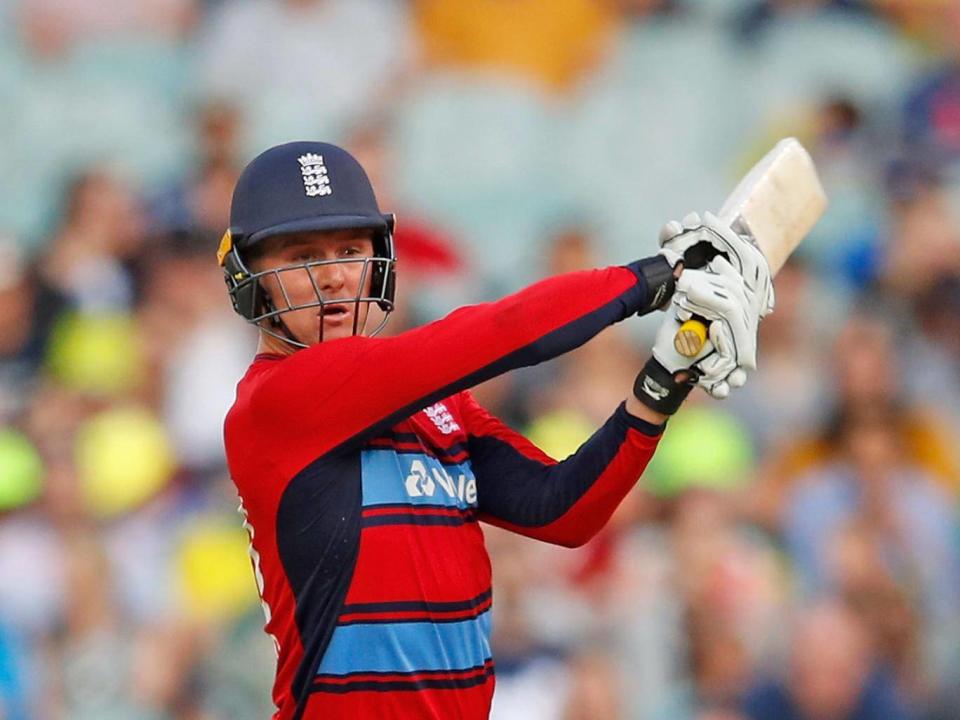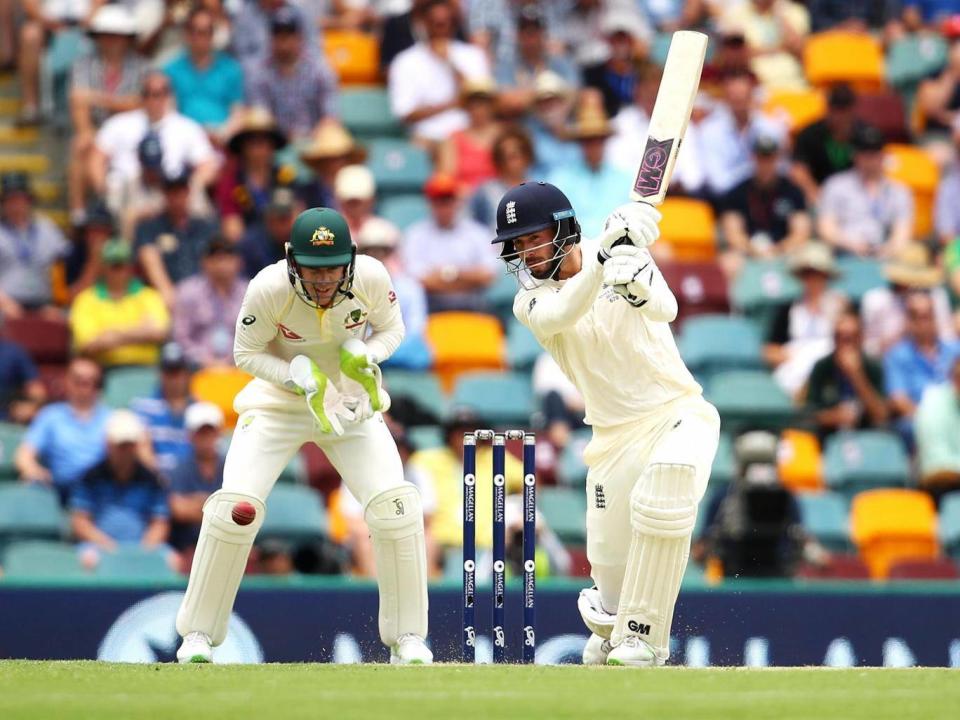Ed Smith will select England his way - so what will the new-look team look like?

Ed Smith's appointment as England's new national selector represents a significant shift in how the team will be selected.
The former Middlesex and Kent batsman, briefly an international player himself, has made a successful post-playing career out of writing columns and dabbling in academia but that contrarian streak he boasts is one thing when writing a thought-provoking piece for a newspaper. If he goes against the grain in his new role then he will need to be prepared for the stick coming his way should it not work out.
Smith's new role and the structure being put into place below him do, by and large, seem to be a sign of progress within the ECB, an organisation that is not short of money but has been pretty short of forward-looking governance.

Employing a network of scouts - expected to be about a dozen-strong - is a no-brainer in the era of Central Contracts, where senior figures in the England set-up are rarely able to get around the grounds to see the top emerging talent for themselves. Indeed, head coach Trevor Bayliss admitted on the day of Mark Stoneman's Test debut that he had never watched the player in the flesh. Now there will be scouts who are experts in their disciplines assessing the relative merits of players.
As well as eyes on the ground, Smith will lean more heavily on analytics than many of his predecessors. Cricket has always been a statistically-orientated sport but batting and bowling averages are relics in these times, surface-level analysis that barely begin to tell the story. Models that take into account the expectations of performance - factoring in the ground, conditions, match scenario, strength of opposition etc - and posits that against results achieved will instead throw up some interesting names that are over- (and under-)performing on the county circuit.
Fundamentalism is rarely successful and the England side should not be picked solely on these numbers. But an analytical approach, of which Smith is a huge proponent, will be used to evaluate current and potential England players. Physical, 'boots-on-the-ground' scouting will be involved in the process too, with a holistic approach providing the checks and balances that should help achieve better results and eliminate unconscious biases or poor judgement from selection.

But, just as importantly, Smith will need to be a leader. He is a deep thinker but will need to sell his bright ideas to the likes of Bayliss, Paul Farbrace and Joe Root - though we can assume Andrew Strauss, who played a large role in his hiring and is a known supporter of statistical analysis, is already on board. Smith will need to convince everybody around the England team that the selection process is as efficient and fair as it could possibly be. If the players he brings into the team don't perform, he will need to convince the coaches, team and general public to 'trust the process' - to use the term popularised by basketball analytics guru Sam Hinkie - and commit to this approach.
Of course, one of the principal questions thrown up by this new regime is who it will affect and which players might have just had their chances of an England call-up boosted?
Freddie Wilde of CricViz, a leading cricket analytics and intelligence firm, highlighted seven players favoured by advanced metrics that look beyond the basics of average and strike rate, taking into account other factors like the quality of the opposing batsman or bowler.
Jason Roy, already a fixture in England's limited-overs sides, is one name that features high on the list and James Vince, Sam Robson and Haseeb Hameed are all players flagged who boast England experience in some form or other. The latter's numbers particularly pop because of his resilience at the top of the order.

"Hameed's ability to survive new ball bowling is phenomenal," says Wilde. "He averages 170 balls per dismissal against the new ball - only Chris Nash of Sussex (330!) is higher among opening batsmen to have faced 1000+ balls v the new ball since January 2016."
With players like Vince, an in-depth look at his numbers could actually save a Test career that many have been willing to put on ice after his struggles to consistently perform for England over the last 12 months.
There has been something of an assumption that Vince, a flowing batsman who is easy on the eye but hasn't racked up the same scores for England as he does for Hampshire, can't handle the uptick in quality that comes from facing Test bowlers. Further analysis, however, suggests this simply isn't the case.
"Vince is a great one because in the Championship when batting against bowlers who average less than 35 in Test cricket, he averages 59.2."

But what of some unheralded names that could be brought into the fold?
Nick Gubbins, an opening batsman with Middlesex, merits consideration and is young enough at 24 to be in the picture. Chris Rushworth was released by Durham in 2006 and went into a job selling satellite dishes but he turned his career around and has been a wicket-taking machine whose numbers pop off the spreadsheet. At 31, it isn't too late for Rushworth and it shouldn't be for Warwickshire's Keith Barker either.
"Barker is a standout bowler across a number of metrics," says Wilde.
"Whether you look at his average bowling to Test batsman with an average of 40+ (24.94) or at false shot percentage (edged and missed) against him or his average bowling to top-order Championship batsmen."
Smith's appointment has been met with a mixed response but most observers acknowledge that the previous selection process needed a shake-up. It's about to get one, but Smith must be ready for the fact that the public tend to judge success by basic results, not the analytical process behind them.

 Yahoo Sport
Yahoo Sport 





































